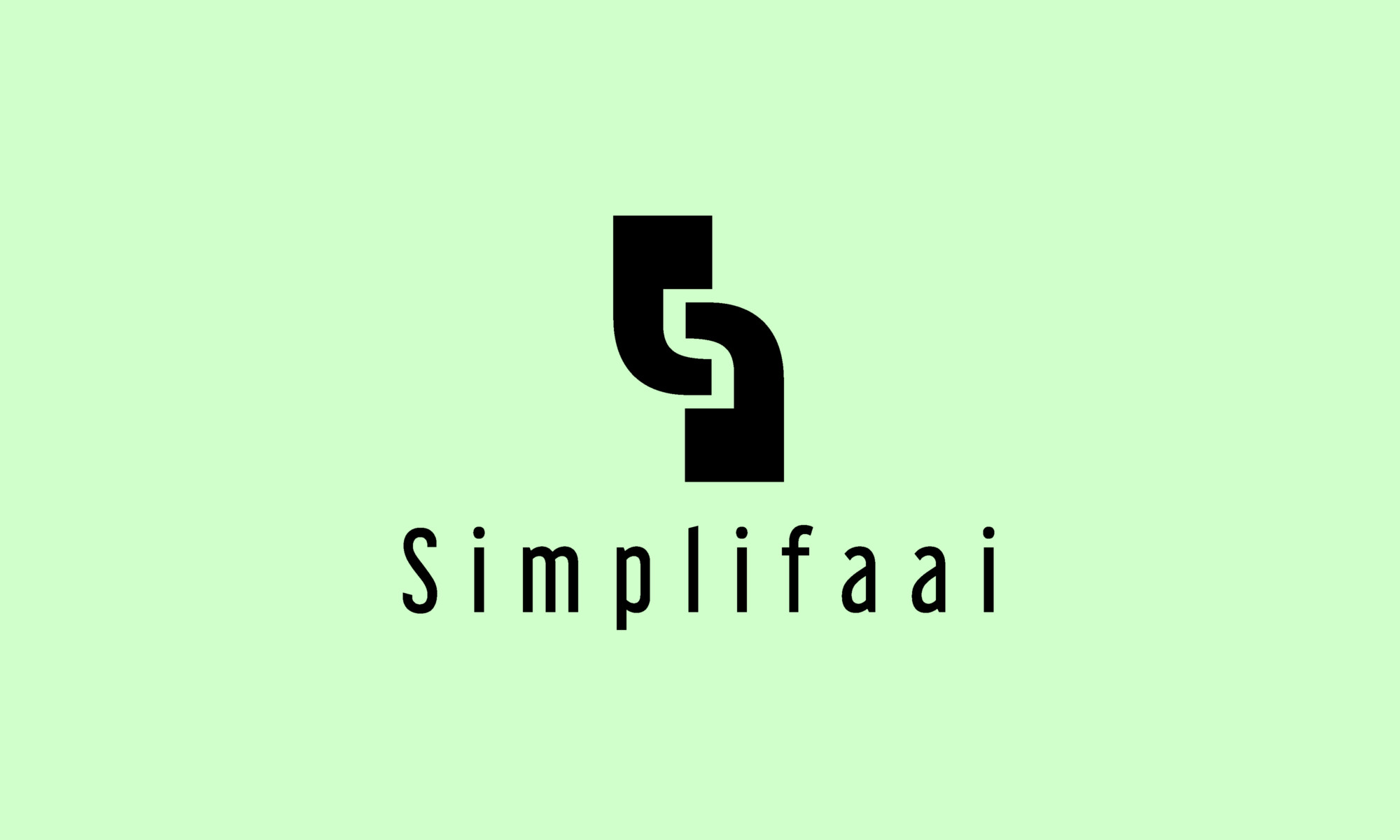De werkelijkheid: Prima in de praktijk – gelukkig wel – maar hoe doet ie het in theorie?
We hebben allemaal wel eens een beeld gevormd van botsende moleculen en, met wisselend succes, misschien zelfs geprobeerd de onnavolgbaarheid van de kwantummechanica voor onszelf te visualiseren. Maar ècht begrijpen hoe we van atomen naar zo iets ogenschijnlijk eenvoudigs als warmtegeleiding gaan – of zoiets complex als hersenen – dat doen we niet. De wiskundige Frank Redig werkt aan een overkoepelende theorie waarmee de onderliggende werkelijkheid (die van atomen) en de daaruit voortvloeiende macroscopische werkelijkheid (die wij waarnemen) eenvoudiger met elkaar te koppelen zijn. Ingewikkeld? Absoluut. Maar dit artikel over dualiteit poogt dan ook alleen maar een behapbaar beeld daarvan te vormen.


